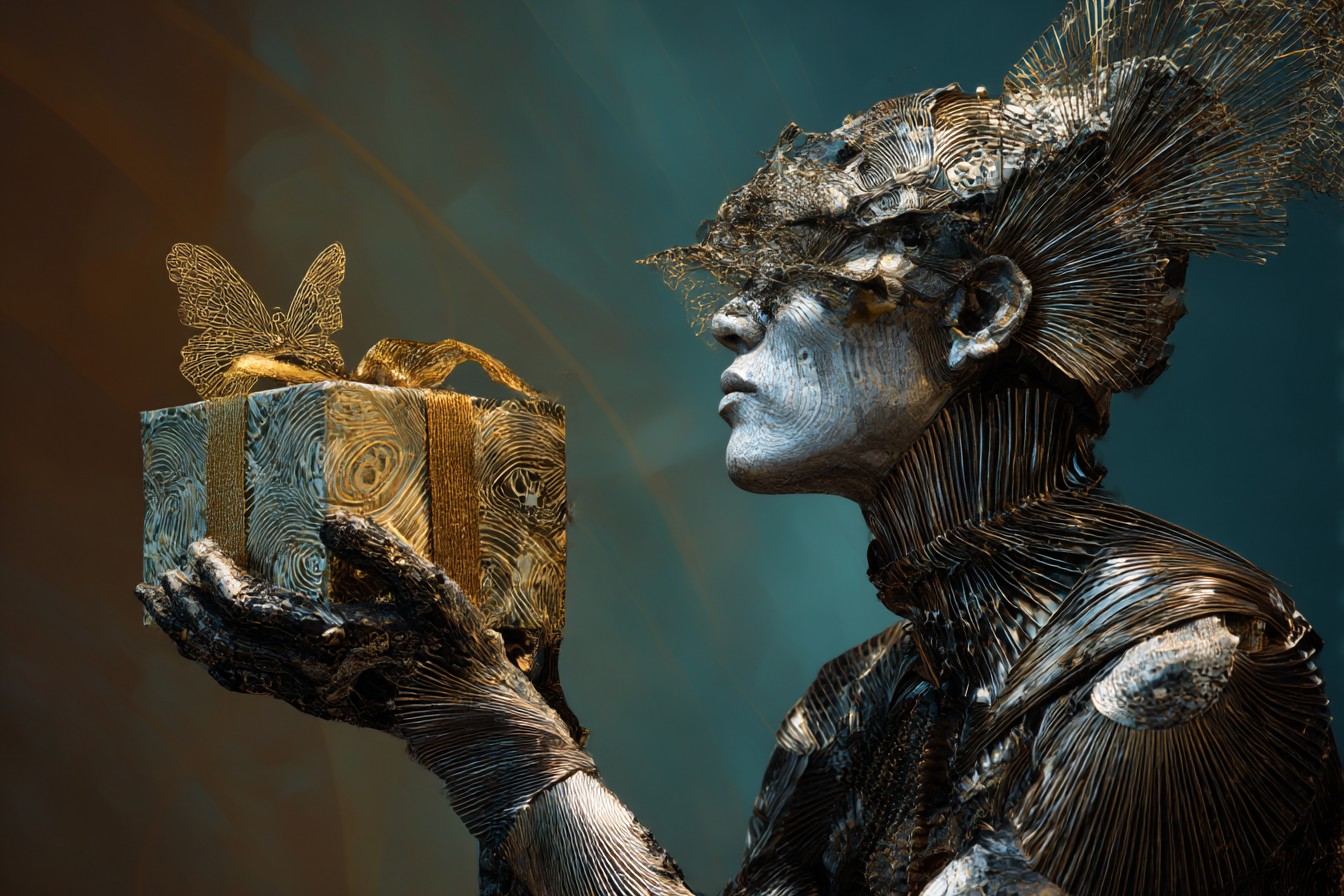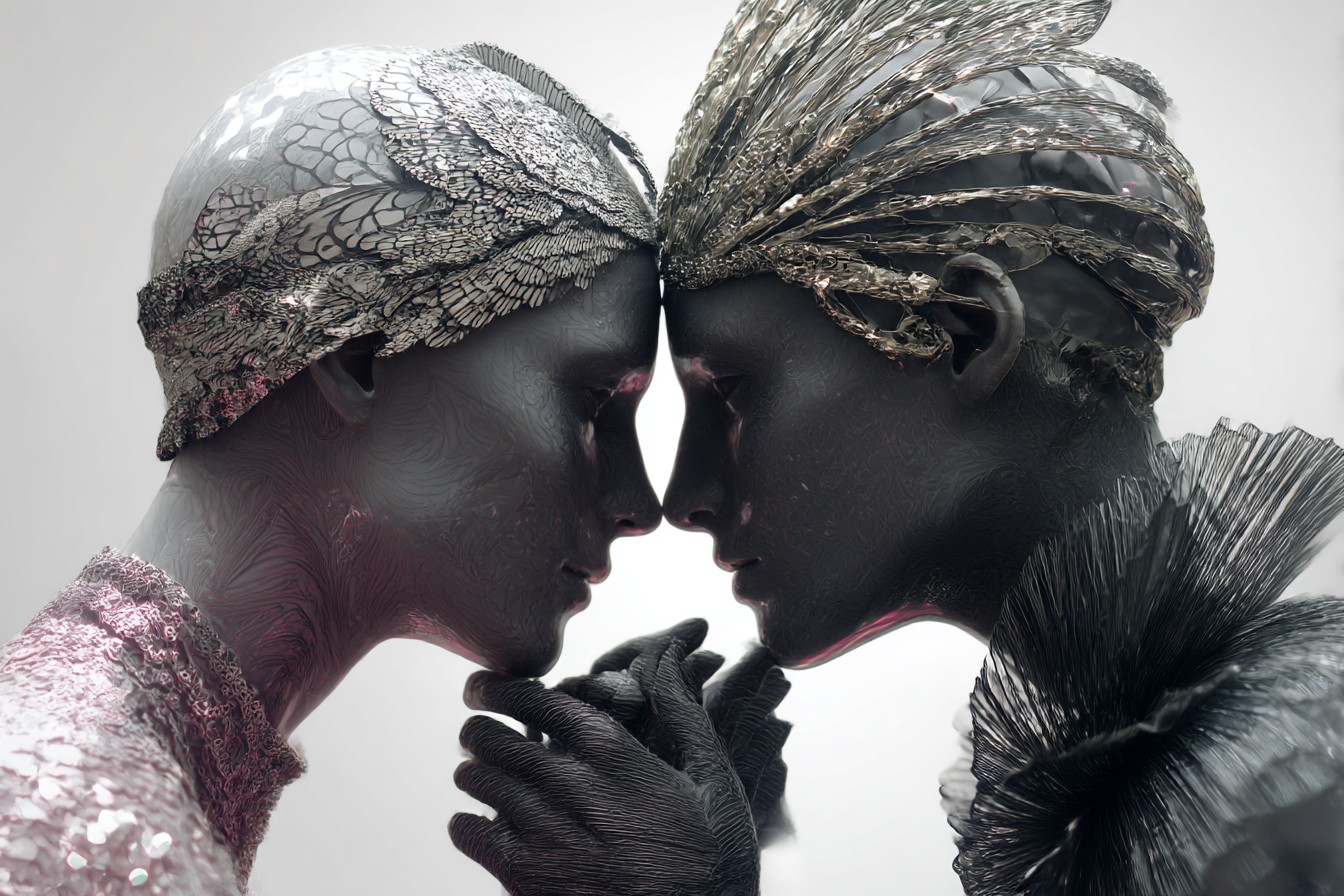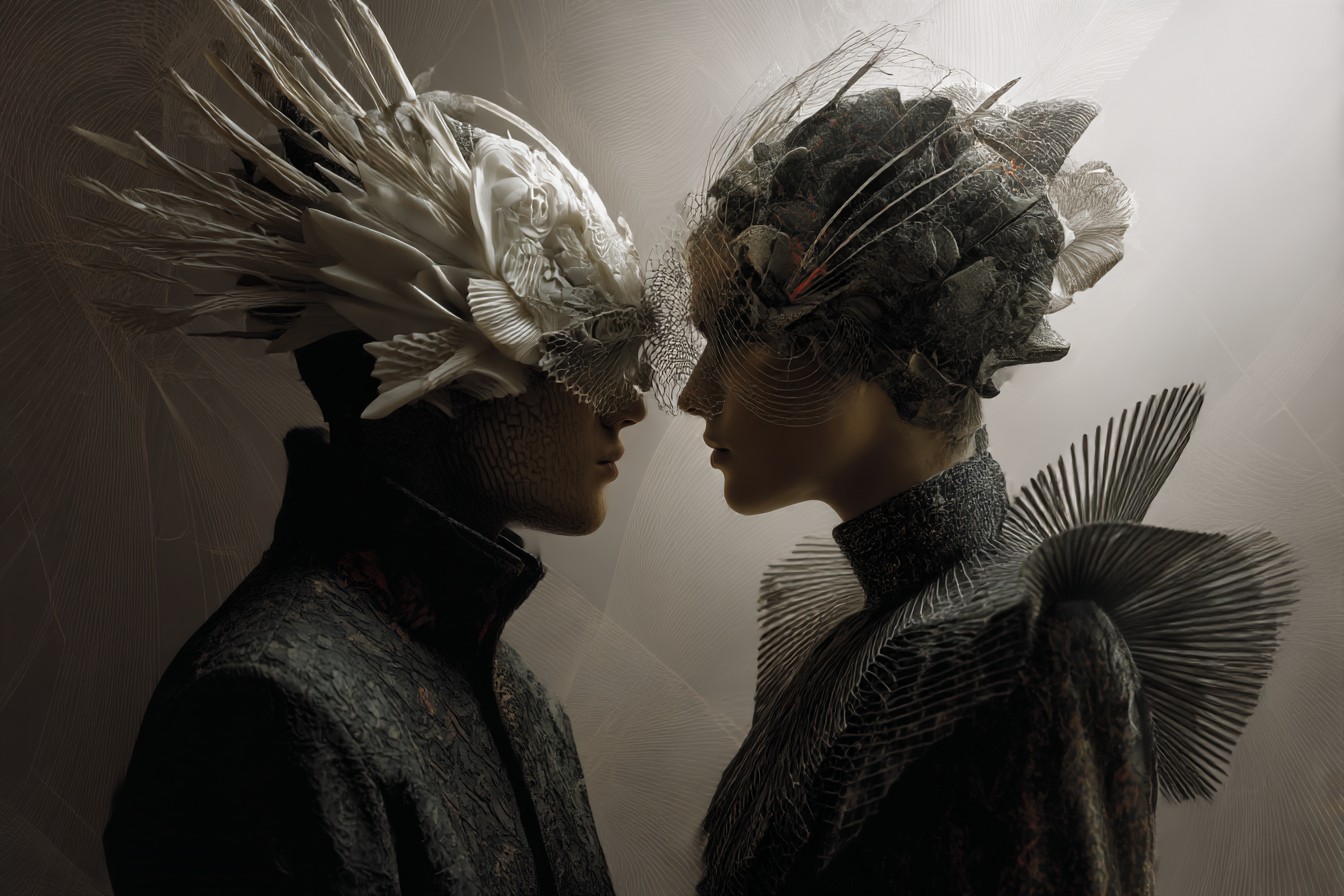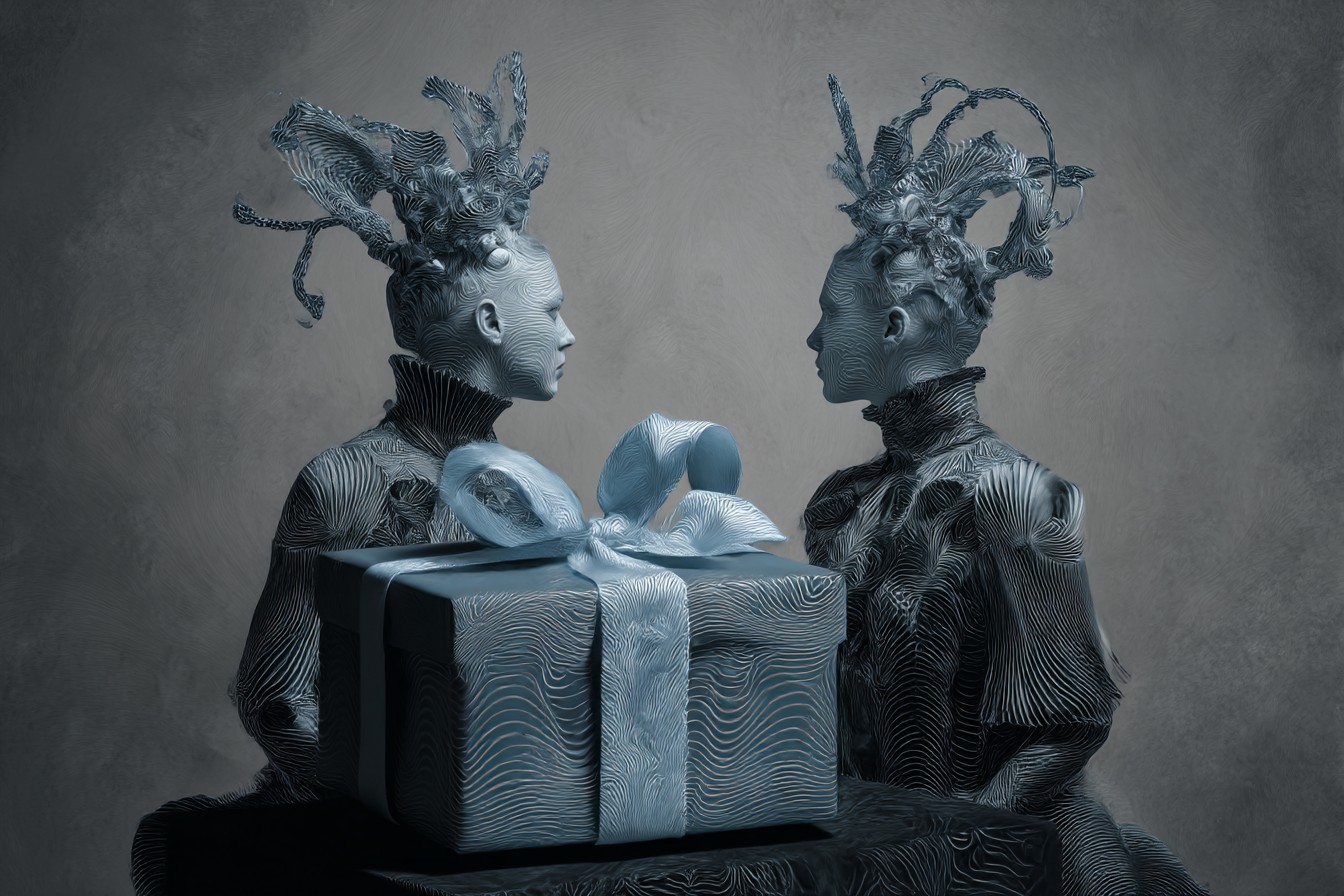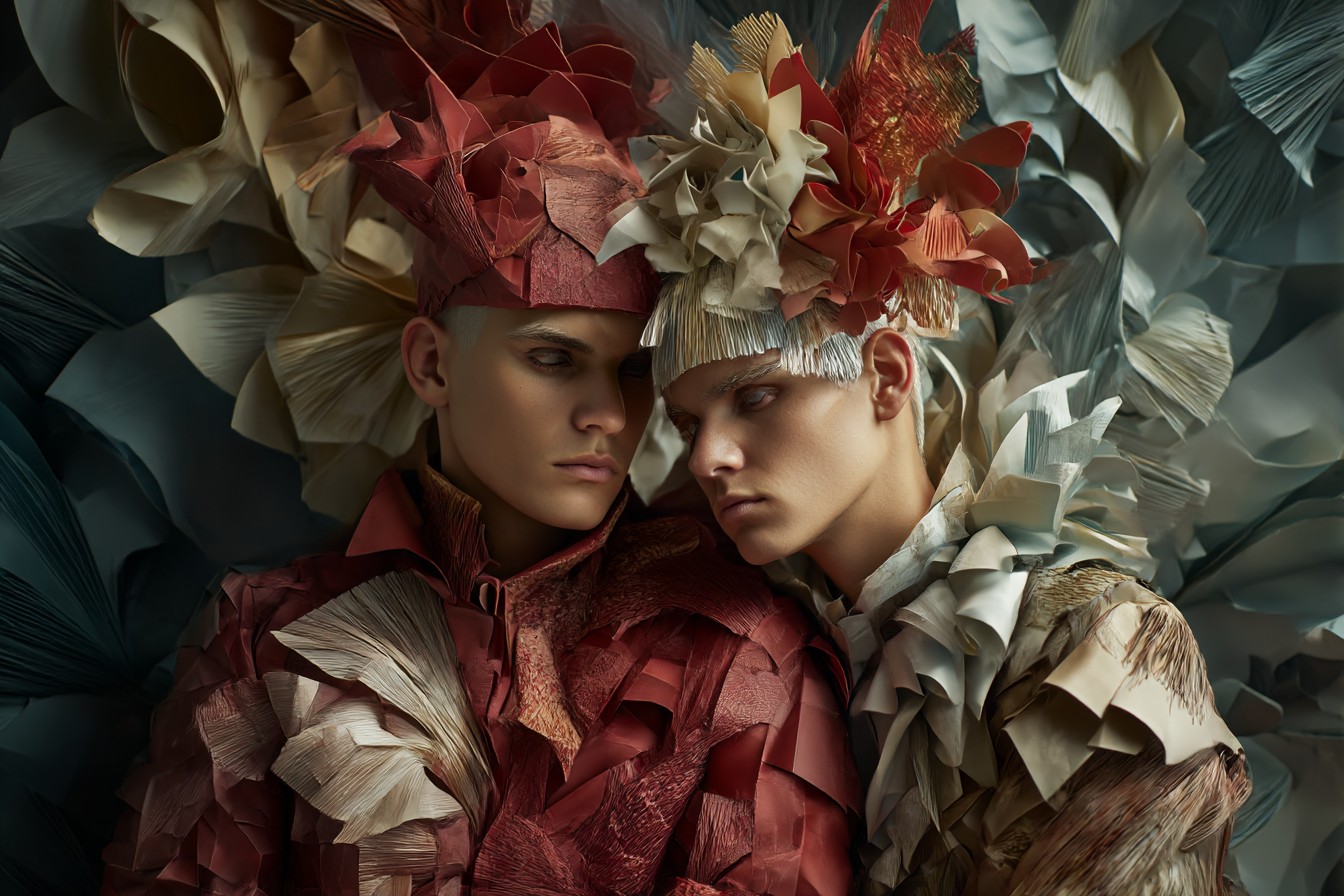I still have this ridiculous photo on my phone of my brother-in-law’s face when he opened his birthday gift last year. Pure confusion, followed by recognition, then uncontrollable laughter that had him wiping away actual tears. What was in the box? A plastic lawn flamingo wearing a tiny hand-knitted sweater and a miniature pair of sunglasses.
To anyone else, it would’ve looked like the world’s most random gift. But for Mark, it was the culmination of a three-year-long joke that started when he drunkenly declared at a family barbecue that “lawn flamingos are the unsung heroes of American kitsch culture” and deserved more respect. Every gift since then has somehow incorporated flamingos – flamingo socks, flamingo bottle opener, a donation to a flamingo conservation fund. The sweater was Jake’s touch (my husband spent an embarrassing number of evenings learning to knit just for this), referencing Mark’s constant complaints about being cold.
This isn’t just a silly tradition – it’s what I call a relationship-specific gift language. And honestly? These personalized gift narratives are the most meaningful expressions of connection I’ve ever experienced.
I’ve been thinking about this a lot lately. There’s something magical that happens when gift exchanges between two people develop their own unique shorthand and context. It goes beyond just giving someone what they’ve asked for or what they need – it creates this beautiful, evolving story that only the two of you fully understand.
My best friend Carrie and I have been exchanging increasingly bizarre mushroom-themed gifts since college, when we took that forestry elective together and got hopelessly lost during the mushroom identification field trip. (We ended up three miles from where we were supposed to be, convinced we were going to be the first case of students dying from looking at—not even eating!—poisonous fungi.) Twelve years later, neither of us particularly cares about mushrooms as a hobby or design element, but finding increasingly obscure mushroom items has become this weird, wonderful language between us.
Last Christmas she somehow tracked down a vintage scientific poster of “Poisonous Fungi of New England” (where we went to school) and had it framed with a little plaque that read “Remember: If lost, don’t eat anything.” I literally gasped when I opened it. No one else at the gift exchange understood why I immediately burst into laughter and then got a bit teary-eyed over what looked like an outdated biology classroom poster.
That’s the thing about developing these gift languages – they’re simultaneously private and performative. Other people might witness the exchange, but they’re not truly part of the conversation. It’s like speaking in code right in front of everyone.
I’ve noticed these gift narratives tend to form in one of three ways:
First, there’s the accidental tradition – something that wasn’t meant to become A Thing but somehow does. My mom once bought my dad a truly hideous tie with little golf balls on it (he doesn’t even play golf). He wore it to her birthday dinner as a joke, and now they’ve been exchanging increasingly terrible golf-themed items for 27 years. Neither has ever swung a club.
Then there’s the intentional callback – deliberately referencing a shared experience or inside joke. My college roommate Dana and I exchange gifts based on horrible TV movies we watched during finals week procrastination. Each year, we try to find something that references the most obscure scene from whatever garbage film we subjected ourselves to. Her most triumphant find was a mug with the quote “Sometimes a tornado is just God’s way of telling you to renovate” – a line delivered with complete seriousness in a disaster movie so bad I won’t even name it.
Finally, there’s the evolving narrative – where the gifts build on each other, creating a sort of storyline. My cousin Sam and I have been building a fictional character through our gifts for nearly a decade. It started with a notebook I gave him, claiming it belonged to “Professor Edmund Fitzwilliam, eccentric explorer.” Each gift since has added to the professor’s backstory – expedition equipment, “artifacts” from his travels, field notes. We’re basically writing a novel through random objects at this point.
These gift languages don’t happen overnight. They require history, attention, and a certain shared sensibility. You can’t force them. Trust me, I’ve tried. I once attempted to manufacture a tradition with a new friend by giving her a very specific type of artisanal hot sauce with an elaborate story attached. Her polite “thanks” and subsequent re-gifting of that same hot sauce to someone else at a dinner party I also attended (awkward!) was a humbling reminder that these narratives have to evolve naturally. You can’t just decide “this is our thing now!” and make it stick.
The best gift languages contain elements that only the two of you truly appreciate. Jake and I have this whole gift category based on the absolute disaster that was our first vacation together, where literally everything went wrong – flight delays, food poisoning, a hotel that looked nothing like the pictures, and a rental car that mysteriously smelled like maple syrup and feet. Rather than trying to forget that nightmare trip, we’ve turned it into this weird ongoing gift narrative. For our anniversary, he gave me a custom air freshener that smelled like maple syrup with a card that said “Still better than the rental car.” I nearly fell off my chair laughing.
What makes these exchanges so powerful is their cumulative nature. Each gift adds another layer of meaning, another chapter in your shared story. The longer they go on, the richer they become. That flamingo I gave Mark wouldn’t have been nearly as funny if it weren’t building on years of previous flamingo gifts. The first mushroom thing I gave Carrie was cute; the fifteenth was hilarious; the twenty-seventh was practically transcendent.
I’ve also found that these gift languages often reveal something meaningful about the relationship itself. My grandfather and I exchanged books with inscriptions that got progressively more ridiculous and formal over the years. What started as “Hope you enjoy this” evolved into “To my most distinguished granddaughter, I humbly present this literary offering for your discerning consideration.” Those exchanges captured our shared love of language and the playful formality that characterized our relationship.
Building these gift narratives takes attentiveness – you need to remember previous gifts, inside jokes, shared experiences. You need to be willing to reference something from years ago and trust that the other person will get it. In a world where we’re increasingly distracted and overwhelmed, this kind of sustained attention feels almost radical.
I’ve kept a record of most major gift exchanges in my life (shocking, I know – me, keeping detailed gift records?), and looking back through them is like reading a relationship timeline. I can track how connections deepened, how inside jokes evolved, how comfortable we became with each other through the progression of gifts.
My colleague Teresa and I started with completely conventional office-appropriate exchanges – nice pens, desk plants. Five years later, we’re giving each other items that reference the time we got locked in the supply closet during a power outage and convinced ourselves we heard something moving in the ceiling tiles. Our gift language reflects how we’ve moved from polite coworkers to genuine friends with shared experiences.
The beautiful thing about these gift narratives is that they make even small or inexpensive presents meaningful. A packet of mushroom-shaped sticky notes might cost $3, but when it’s part of a twelve-year joke with my best friend, it carries more significance than something expensive but generic.
These relationship-specific languages also create incredible anticipation. When my birthday approaches, I get genuinely excited wondering how Carrie will incorporate mushrooms this year, or what new adventure Jake has created for Professor Fitzwilliam. There’s this wonderful tension between expecting the theme and not knowing the specific execution.
I’m not suggesting every gift needs to be part of some elaborate ongoing narrative. Sometimes people just need new socks or a coffee maker, and that’s fine! But having at least one person with whom you share this kind of gift language adds such richness to life. It’s like having a secret handshake, but with presents.
If you’re thinking about starting a gift narrative with someone (though remember my hot sauce cautionary tale – you can’t force these things), pay attention to what makes you both genuinely laugh. Notice which references continue to come up in conversation months or years after they happened. Look for the strange coincidences or disasters that have somehow become funny in retrospect.
The most sustainable gift languages tend to have flexibility built in. The mushroom theme works because mushrooms appear on everything from clothing to home decor to stationery. We’ve never backed ourselves into a corner with something too specific. When my sister tried to start a narwhal-themed exchange with her husband, she quickly discovered there are only so many narwhal items in the world, and she exhausted most of them within two years.
What I love most about these evolving gift narratives is how they become time capsules of a relationship. Each present captures a particular moment in your shared history while simultaneously connecting to all the previous exchanges. It’s like those Russian nesting dolls – each gift contains all the previous gifts within it.
These relationship-specific languages also create the most genuine reactions I’ve ever witnessed. There’s nothing quite like watching someone open a gift and immediately get why it’s funny or meaningful without any explanation needed. That moment of perfect understanding is worth more than any expensive present.
So if you’re looking to deepen your connections through gift-giving, consider building these narrative threads over time. Pay attention to what makes you both light up, what stories you tell over and over, what absurdities you’ve experienced together. Then start weaving those elements into your gifts, building your own private language one present at a time.
Just maybe avoid starting with hot sauce. Learn from my mistakes.
